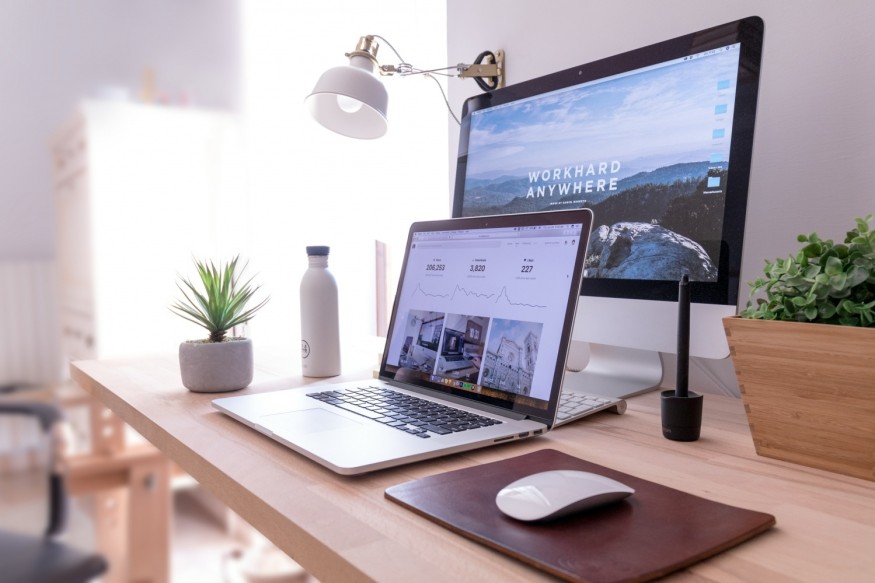3 Ways Technology is Revolutionizing the World of Interior Design

In today's interior design landscape, technology catalyzes a great transition, changing all the game rules for good as it navigates the uncharted waters of innovation, efficiency, and sustainability. The ID technology has transformed from virtual reality and project management software to the embrace of smart home technology. It has revolutionized every aspect of the ID business. In this article, we will look at the three key ways technology turns traditional interior design upside down, allowing professionals and amateurs to incorporate the latest trends into their projects.
1. Unleashing Creativity with Virtual Reality
Artificial reality (VR) and three-dimensional (3D) visualization tools, in turn, have been invented, and now they are regarded as an integral part of design projects. Using VR technology, clients can freely explore the spaces practically from all viewpoints, which gives them a full understanding of space planning and atmosphere design. This level of involvement makes the decision-making stage smoother and ensures that the construction process is overall accurate.
VR impacts designers by creating an environment for trial and error. Prototyping can occur in the virtual world and involves only colors, specific textures, and selected materials. Capitalizing on the growing demand for VR designers has led to people who are competent in the technologies and able to incorporate VR in interior design operations.
2. Streamlining Operations with Project Management Software
There is no time to lose when it comes to efficiency in interior design; between managing several projects, designers spend their days non-stop. Specially designed for interior design, project management software will guide the engineer's workflow, allowing him to plan and track tasks properly and delegate tasks over specific deadlines. Client communication, deployment management contracts, and financial operations can easily consolidate even more productivity and ensure client satisfaction.
Mydoma Studio is an example of these multi-functional platforms, where designers have centralized project management, client relationship solutions, and financial management structures at their disposal. Automation's ability to eliminate mundane tasks allows designers to focus on their creativity, driven by unleashed artistic skills.
3. Promoting Sustainability through Smart Home Technology
In keeping with the ever-growing environmental concerns, technology introduces new sustainable methods, which are getting more players into interior design processes. Production of smart home technology with the ability to optimize resources also minimizes energy and water consumption while additionally facilitating user convenience. Automated systems control the temperature, lighting, and water supply levels with presence and sunlight levels to minimize waste and lower utility costs.
Smart thermostats to energy-efficient lighting systems are just the tip of the iceberg. They are the first runners-up in creating smart, energy-efficient, environmentally friendly homes that are a modern symbol of sustainable living. By combining intelligent technology, designers are central to creating a sustainable environment for their clients.
The digital revolution's domination of interior design is unmatched, as it pushes boundaries, improves operation, and fosters eco-friendliness. Using virtual reality technology, far-fetched imagination is brought to life; working algorithms are enhanced with the help of a project management program, and intelligent housing makes residents follow eco-conscious behavior. Technological progress opens unexplored horizons in the interior design industry, keeping the industry flexible and innovative in tracking trends. Amid fresh opportunities for tech innovations, however, designers are to engineer the future of interior design, establishing spaces that harmoniously match decor, functionality, and sustainability.
Related Article : The Sims' Role in Inspiring a Generation of Interior Design Enthusiasts
From Digital Models to 3D-Printed Homes: Jaspreet Kaur Lall Explains How the Innovation Changes the Construction Industry

Future Belongs to Green Construction: Sampath Kumar Paspunoori Explains One of the Key Trends in the Construction Industry

Kamala Harris' Campaign Ad Uses Iconic Visuals from Carrie Mae Weems to Connect with Voters

Historic Ancient Roman Ruins in Baalbek Remain Strong After Israeli Air Strikes; Locals Seek Cultural Protection

4 Ways to Honor Departed Loved Ones in Your Home Design











